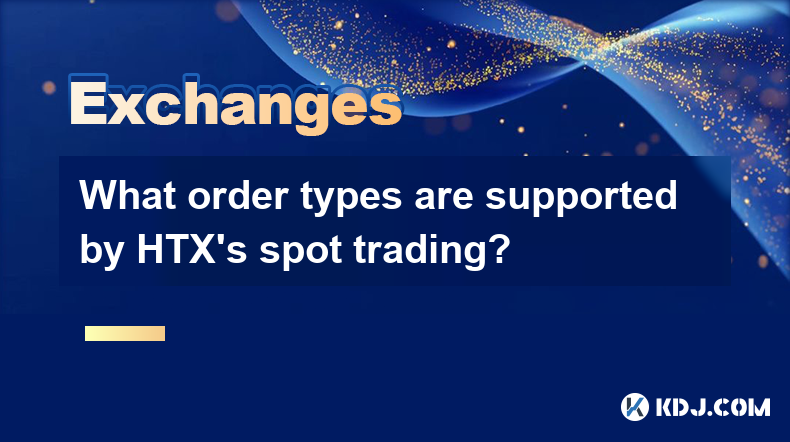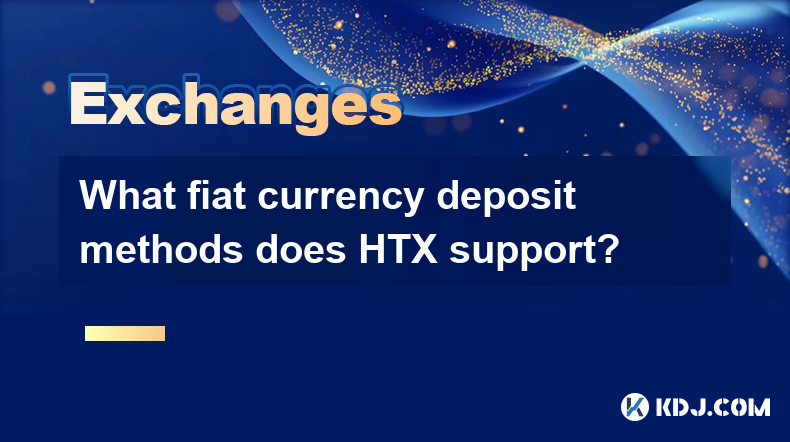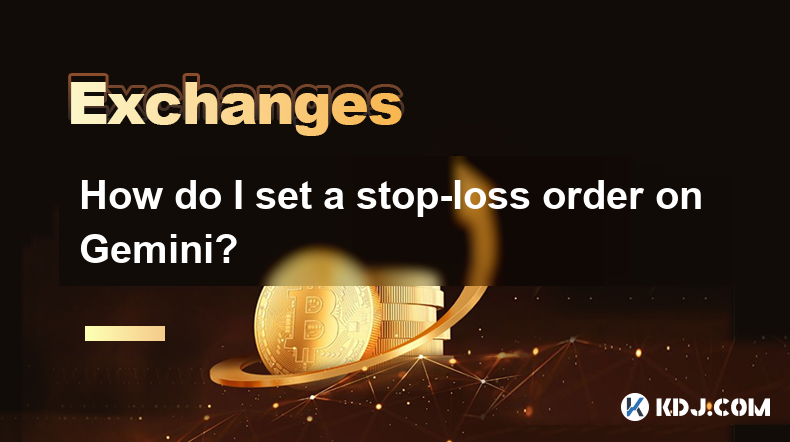-
 Bitcoin
Bitcoin $83,333.2617
0.07% -
 Ethereum
Ethereum $1,820.9206
0.04% -
 Tether USDt
Tether USDt $0.9995
-0.04% -
 XRP
XRP $2.0632
0.56% -
 BNB
BNB $593.8431
-0.09% -
 USDC
USDC $0.9999
-0.01% -
 Solana
Solana $116.9473
-1.86% -
 Dogecoin
Dogecoin $0.1628
-1.33% -
 Cardano
Cardano $0.6517
0.85% -
 TRON
TRON $0.2381
1.11% -
 Toncoin
Toncoin $3.5643
-7.90% -
 UNUS SED LEO
UNUS SED LEO $9.4410
0.56% -
 Chainlink
Chainlink $12.8995
-1.62% -
 Stellar
Stellar $0.2614
0.11% -
 Avalanche
Avalanche $18.2219
0.21% -
 Sui
Sui $2.2624
-4.19% -
 Shiba Inu
Shiba Inu $0.0...01220
-0.02% -
 Hedera
Hedera $0.1642
0.10% -
 Polkadot
Polkadot $4.0561
1.11% -
 Litecoin
Litecoin $83.3042
1.26% -
 MANTRA
MANTRA $6.4338
1.83% -
 Bitcoin Cash
Bitcoin Cash $301.5390
2.40% -
 Bitget Token
Bitget Token $4.5072
-0.54% -
 Dai
Dai $0.9999
0.02% -
 Ethena USDe
Ethena USDe $0.9995
-0.04% -
 Monero
Monero $215.9958
0.03% -
 Hyperliquid
Hyperliquid $11.8716
-2.66% -
 Pi
Pi $0.5718
-13.60% -
 Uniswap
Uniswap $5.8924
-0.38% -
 Aptos
Aptos $5.0504
-2.31%
How to use contract simulation trading on Huobi
Huobi's contract simulation trading allows beginners to practice futures trading without risking real money, helping them refine strategies in a risk-free environment.
Apr 03, 2025 at 02:36 pm

Contract simulation trading on Huobi offers a risk-free environment for traders to practice and refine their strategies. This feature is particularly useful for beginners who want to familiarize themselves with the dynamics of futures trading without risking real money. In this article, we will guide you through the process of using contract simulation trading on Huobi, from setting up your account to executing trades and analyzing your performance.
Setting Up Your Huobi Account for Simulation Trading
To start using contract simulation trading on Huobi, you first need to set up an account. If you already have a Huobi account, you can skip this step. Here's how to get started:
- Visit the Huobi website and click on the "Sign Up" button.
- Fill in your email address and create a strong password.
- Complete the verification process by providing the necessary personal information and documents.
- Once your account is verified, log in to your Huobi account.
After setting up your account, you need to enable the simulation trading feature. Navigate to the "Futures" section on the Huobi platform, and you will find an option to switch to "Simulation Trading." Click on this option to enter the simulation trading environment.
Navigating the Simulation Trading Interface
The simulation trading interface on Huobi is designed to mimic the real trading environment as closely as possible. Here are the key components you need to be familiar with:
- Order Book: This displays the current buy and sell orders for the selected contract.
- Trading Chart: This shows the price movements of the contract over time, allowing you to analyze trends and make informed trading decisions.
- Order Panel: This is where you can place buy and sell orders for the contract.
- Position and Balance: This section shows your current position and the balance in your simulation account.
Take some time to explore these components and get comfortable with the layout of the simulation trading interface.
Placing Your First Simulation Trade
Once you are familiar with the interface, you can start placing simulation trades. Here's a step-by-step guide on how to do it:
- Select the contract you want to trade from the list of available contracts.
- Decide whether you want to go long (buy) or short (sell) the contract.
- Enter the amount you want to trade and the price at which you want to enter the trade.
- Click on the "Buy" or "Sell" button to place your order.
After placing your order, you can monitor its status in the "Open Orders" section of the interface. Once your order is filled, it will move to the "Positions" section, where you can track its performance.
Managing Your Simulation Trades
Effective trade management is crucial for success in futures trading. Here are some tips on how to manage your simulation trades on Huobi:
- Set Stop-Loss and Take-Profit Orders: These orders can help you limit your losses and lock in profits. You can set them when placing your initial order or adjust them later.
- Monitor Your Positions: Keep an eye on your open positions and the market conditions. Be ready to adjust your strategy if necessary.
- Close Your Positions: When you are ready to exit a trade, you can close your position by placing an order to sell (if you are long) or buy (if you are short) the same amount of the contract.
By practicing these trade management techniques in the simulation environment, you can develop the skills needed to manage real trades effectively.
Analyzing Your Simulation Trading Performance
One of the key benefits of simulation trading is the ability to analyze your performance without risking real money. Huobi provides tools to help you review your trades and identify areas for improvement. Here's how you can analyze your simulation trading performance:
- Trade History: Review your past trades to see which strategies worked and which didn't.
- Profit and Loss (P&L): Analyze your overall P&L to understand your trading performance over time.
- Risk Management: Evaluate how well you managed risk in your trades, including the use of stop-loss and take-profit orders.
By regularly analyzing your performance, you can refine your trading strategies and improve your skills.
Advanced Simulation Trading Strategies
As you become more comfortable with the basics of simulation trading, you can start experimenting with more advanced strategies. Here are some advanced techniques you can try:
- Scalping: This involves making quick trades to take advantage of small price movements.
- Swing Trading: This strategy involves holding positions for a few days to capitalize on larger price swings.
- Arbitrage: This involves exploiting price differences between different markets or contracts.
Experimenting with these advanced strategies in the simulation environment can help you determine which ones work best for you before applying them in real trading.
Transitioning to Real Trading
Once you feel confident in your simulation trading skills, you can start transitioning to real trading. Here are some steps to help you make the transition smoothly:
- Start Small: Begin with small trades to minimize risk as you get used to trading with real money.
- Continue to Use Simulation: Keep using the simulation environment to test new strategies and refine your skills.
- Stay Informed: Keep up with market news and trends to make informed trading decisions.
By following these steps, you can make a smooth transition from simulation trading to real trading on Huobi.
Common Questions About Contract Simulation Trading on Huobi
Q: What is contract simulation trading on Huobi?
A: Contract simulation trading on Huobi is a feature that allows users to practice trading futures contracts without risking real money. It provides a risk-free environment to test strategies and improve trading skills.
Q: How do I enable simulation trading on Huobi?
A: To enable simulation trading on Huobi, navigate to the "Futures" section of the platform and click on the option to switch to "Simulation Trading."
Q: Can I use the same account for both simulation and real trading on Huobi?
A: Yes, you can use the same Huobi account for both simulation and real trading. Simply switch between the two modes in the "Futures" section.
Q: What are the benefits of using simulation trading on Huobi?
A: The benefits of using simulation trading on Huobi include practicing trading strategies without financial risk, improving trading skills, and testing new strategies before applying them in real trading.
Q: Are the market conditions in simulation trading the same as in real trading on Huobi?
A: The market conditions in simulation trading on Huobi are designed to mimic real market conditions as closely as possible, but there may be slight differences due to the nature of simulation.
Q: Can I analyze my performance in simulation trading on Huobi?
A: Yes, Huobi provides tools to analyze your performance in simulation trading, including trade history, profit and loss, and risk management metrics.
Q: How can I transition from simulation trading to real trading on Huobi?
A: To transition from simulation trading to real trading on Huobi, start with small trades, continue using the simulation environment to test new strategies, and stay informed about market news and trends.
Disclaimer:info@kdj.com
The information provided is not trading advice. kdj.com does not assume any responsibility for any investments made based on the information provided in this article. Cryptocurrencies are highly volatile and it is highly recommended that you invest with caution after thorough research!
If you believe that the content used on this website infringes your copyright, please contact us immediately (info@kdj.com) and we will delete it promptly.
- Gold Dips from Record High as Market Turmoil Sparks Profit-Taking
- 2025-04-04 08:35:12
- Factors such as whale accumulation, bullish technical indicators, and market sentiment have contributed to this optimistic outlook.
- 2025-04-04 08:35:12
- With the crypto market entering a new growth cycle in 2025
- 2025-04-04 08:30:11
- EOS Price Defies the Market Crash: +46% in a Week!
- 2025-04-04 08:30:11
- BlockDAG (BDAG) Breaks Records With 2,380% Presale Price Jump, Outpacing Dogecoin (DOGE) and Kaspa (KAS)
- 2025-04-04 08:25:12
- Economic uncertainty and a major crypto exchange hack pushed down the total value locked in DeFi protocols to $156 billion in the first quarter of 2025
- 2025-04-04 08:25:12
Related knowledge

What order types are supported by HTX's spot trading?
Apr 04,2025 at 04:42am
HTX, formerly known as Huobi, is a well-established cryptocurrency exchange that offers a variety of order types for spot trading. Understanding these order types is crucial for traders looking to execute their strategies effectively. In this article, we will explore the different order types supported by HTX's spot trading platform, providing detailed ...

How to cancel HTX's stop-profit and stop-loss orders?
Apr 03,2025 at 07:50pm
Introduction to HTX's Stop-Profit and Stop-Loss OrdersHTX, formerly known as Huobi, is a leading cryptocurrency exchange that offers a variety of trading tools to its users. Among these tools are stop-profit and stop-loss orders, which are essential for managing risk and securing profits in the volatile crypto market. These orders allow traders to set p...

How to use the cross-chain charging and withdrawal function on HTX?
Apr 04,2025 at 02:50am
Introduction to Cross-Chain Charging and Withdrawal on HTXHTX, formerly known as Huobi, is a leading cryptocurrency exchange that offers a variety of services to its users, including the ability to perform cross-chain charging and withdrawal. This feature allows users to transfer assets between different blockchain networks seamlessly. In this article, ...

How to open futures contract trading on HTX?
Apr 04,2025 at 04:29am
Opening futures contract trading on HTX (previously known as Huobi) involves several steps, from account setup to understanding the trading interface. This guide will walk you through the process in detail, ensuring you are well-prepared to start trading futures contracts on this platform. Registering and Verifying Your HTX AccountBefore you can start t...

What fiat currency deposit methods does HTX support?
Apr 03,2025 at 09:43pm
HTX, formerly known as Huobi, is a leading cryptocurrency exchange that supports a variety of fiat currency deposit methods. Understanding these methods can help users choose the most convenient and cost-effective way to fund their accounts. This article will delve into the different fiat currency deposit options available on HTX, providing detailed inf...

How do I set a stop-loss order on Gemini?
Apr 03,2025 at 09:57pm
Setting a stop-loss order on Gemini is an essential skill for any cryptocurrency trader looking to manage risk effectively. Gemini, one of the leading cryptocurrency exchanges, allows users to set stop-loss orders to automatically sell their assets when the price reaches a certain level, helping to limit potential losses. This article will guide you thr...

What order types are supported by HTX's spot trading?
Apr 04,2025 at 04:42am
HTX, formerly known as Huobi, is a well-established cryptocurrency exchange that offers a variety of order types for spot trading. Understanding these order types is crucial for traders looking to execute their strategies effectively. In this article, we will explore the different order types supported by HTX's spot trading platform, providing detailed ...

How to cancel HTX's stop-profit and stop-loss orders?
Apr 03,2025 at 07:50pm
Introduction to HTX's Stop-Profit and Stop-Loss OrdersHTX, formerly known as Huobi, is a leading cryptocurrency exchange that offers a variety of trading tools to its users. Among these tools are stop-profit and stop-loss orders, which are essential for managing risk and securing profits in the volatile crypto market. These orders allow traders to set p...

How to use the cross-chain charging and withdrawal function on HTX?
Apr 04,2025 at 02:50am
Introduction to Cross-Chain Charging and Withdrawal on HTXHTX, formerly known as Huobi, is a leading cryptocurrency exchange that offers a variety of services to its users, including the ability to perform cross-chain charging and withdrawal. This feature allows users to transfer assets between different blockchain networks seamlessly. In this article, ...

How to open futures contract trading on HTX?
Apr 04,2025 at 04:29am
Opening futures contract trading on HTX (previously known as Huobi) involves several steps, from account setup to understanding the trading interface. This guide will walk you through the process in detail, ensuring you are well-prepared to start trading futures contracts on this platform. Registering and Verifying Your HTX AccountBefore you can start t...

What fiat currency deposit methods does HTX support?
Apr 03,2025 at 09:43pm
HTX, formerly known as Huobi, is a leading cryptocurrency exchange that supports a variety of fiat currency deposit methods. Understanding these methods can help users choose the most convenient and cost-effective way to fund their accounts. This article will delve into the different fiat currency deposit options available on HTX, providing detailed inf...

How do I set a stop-loss order on Gemini?
Apr 03,2025 at 09:57pm
Setting a stop-loss order on Gemini is an essential skill for any cryptocurrency trader looking to manage risk effectively. Gemini, one of the leading cryptocurrency exchanges, allows users to set stop-loss orders to automatically sell their assets when the price reaches a certain level, helping to limit potential losses. This article will guide you thr...
See all articles






















































































